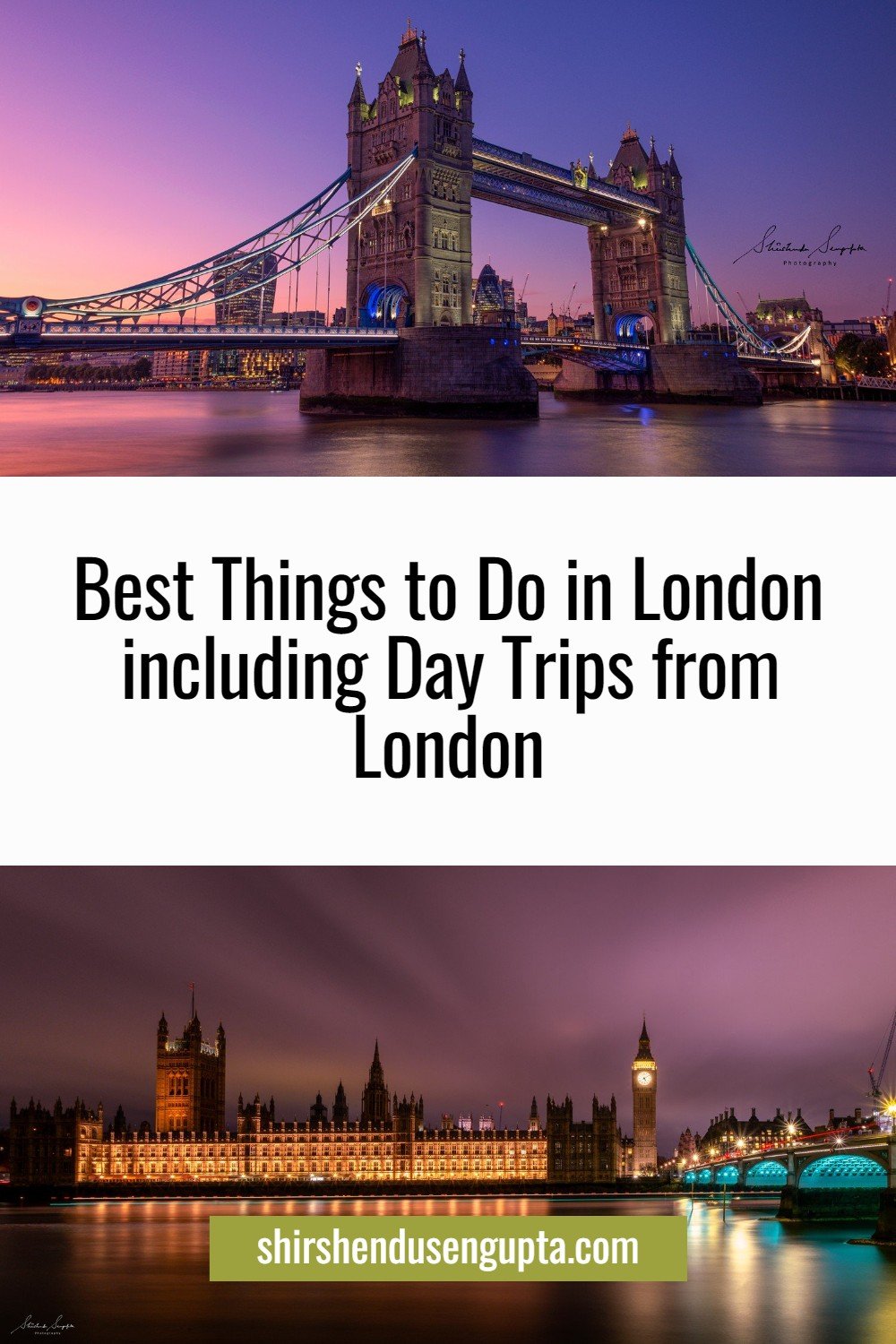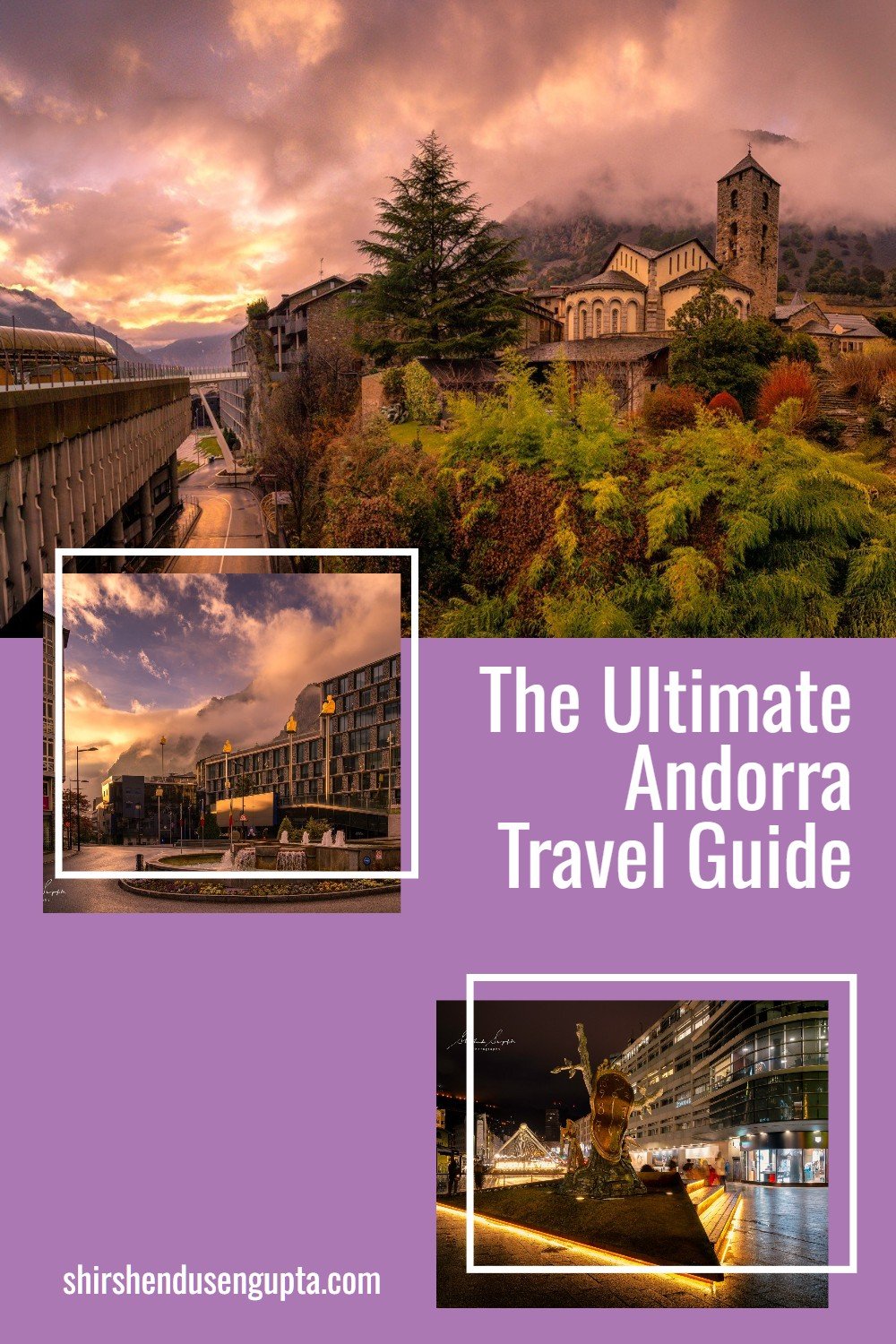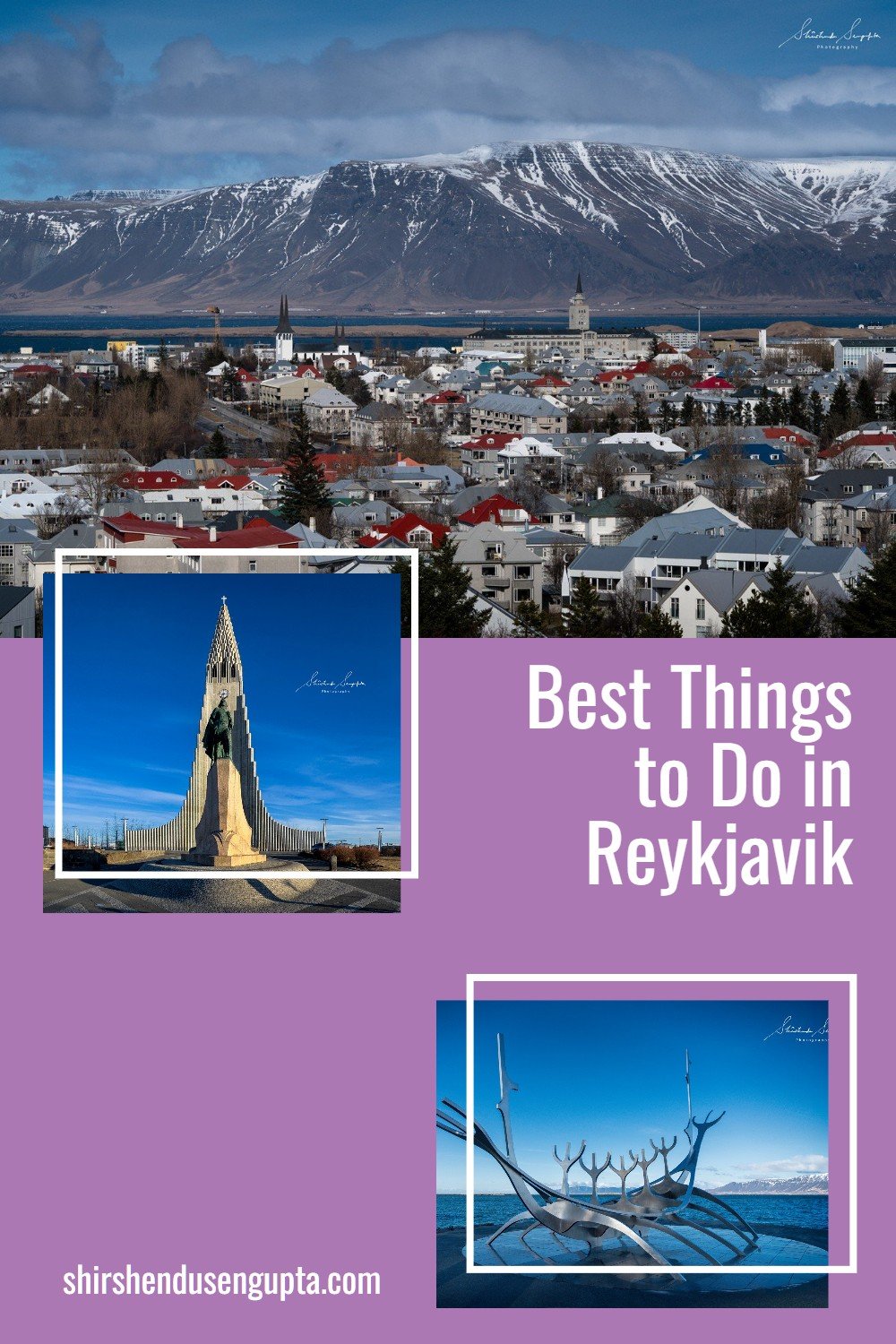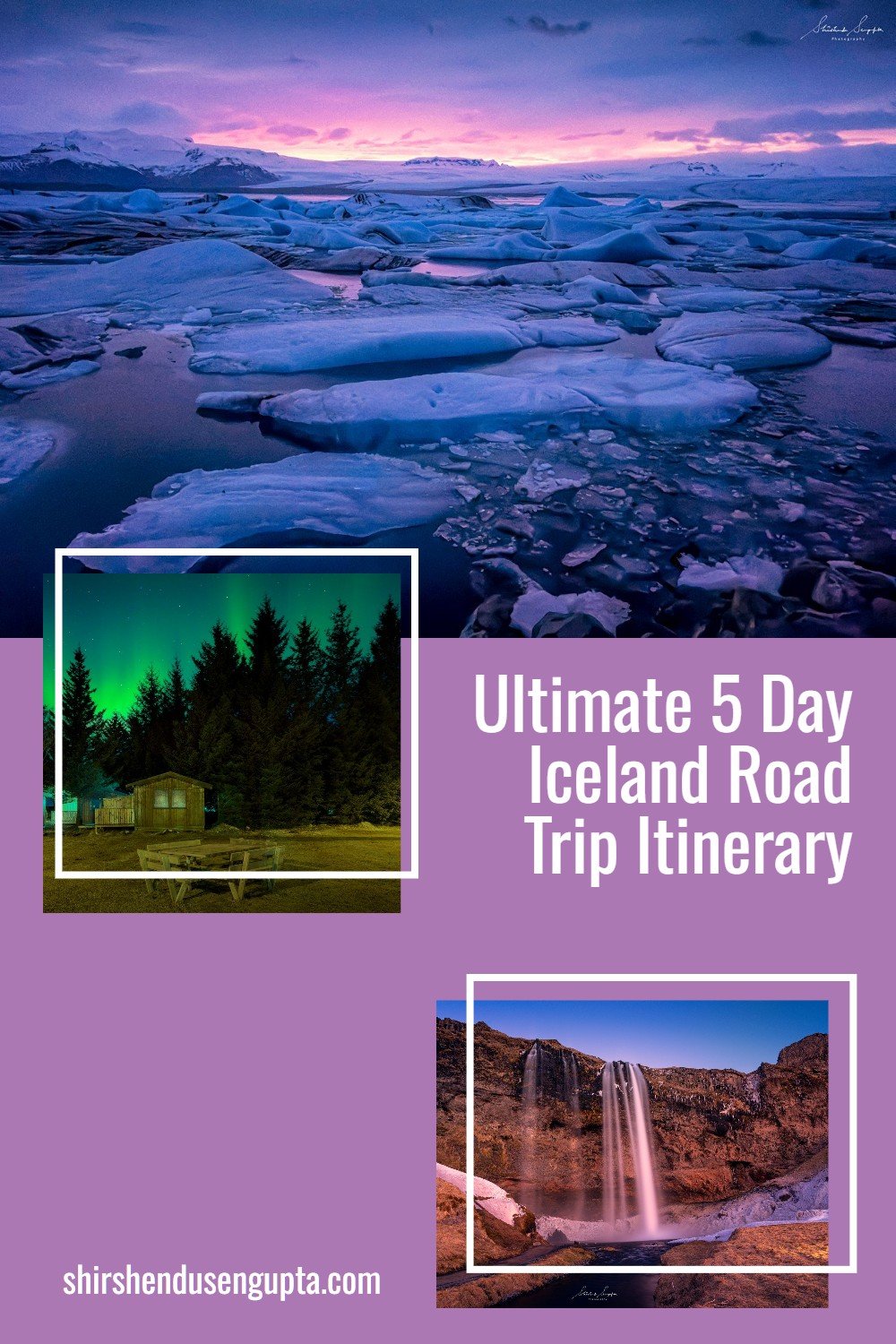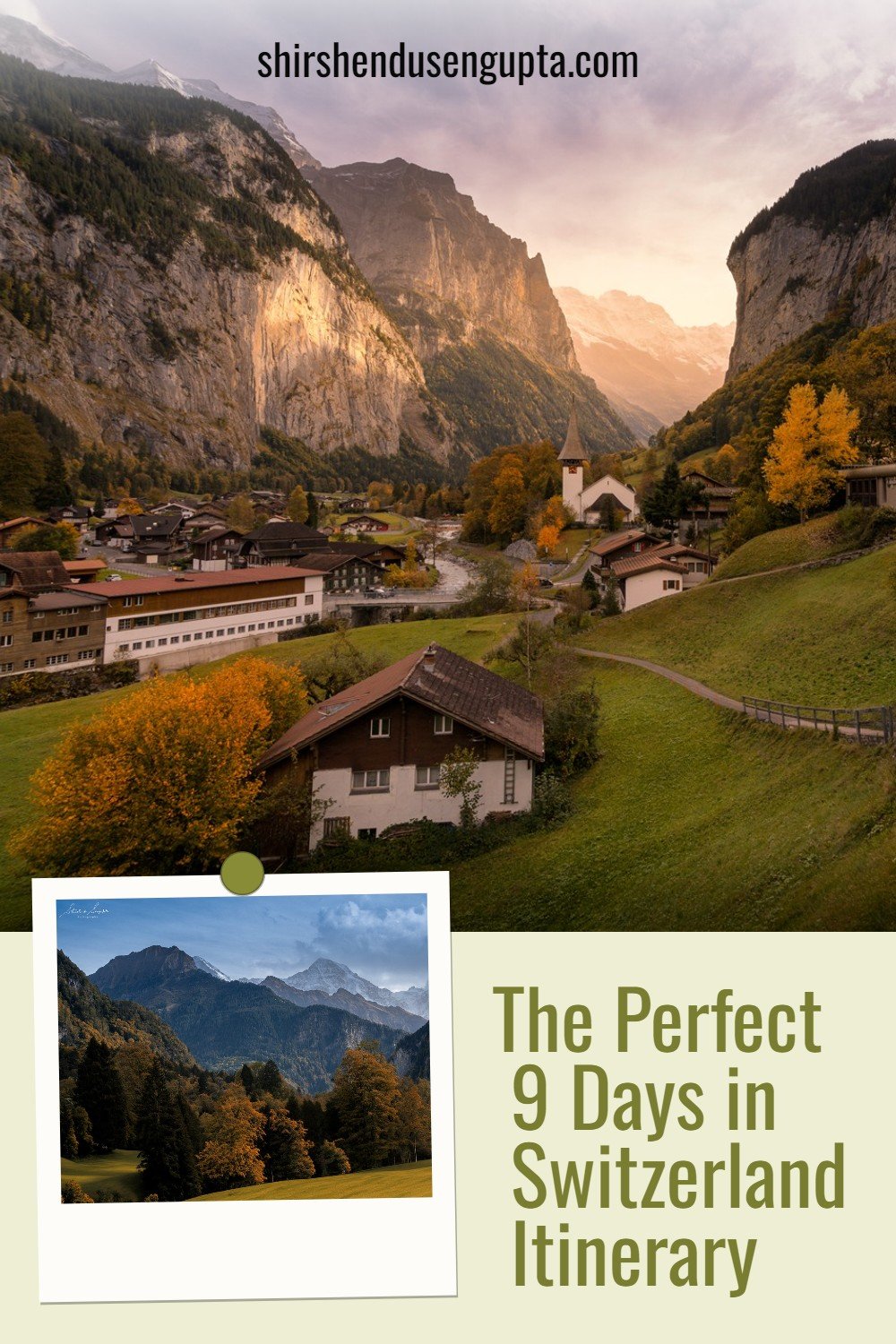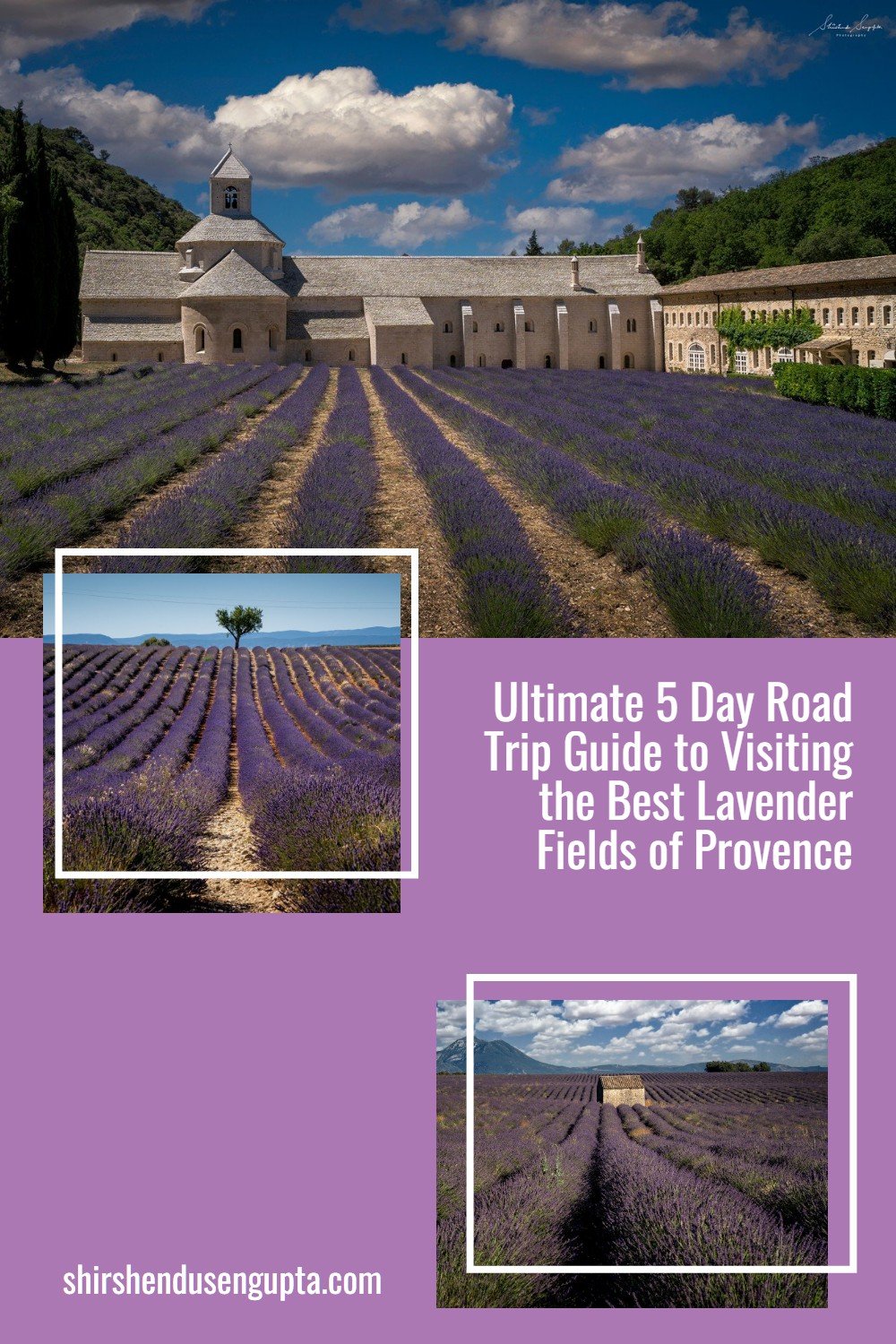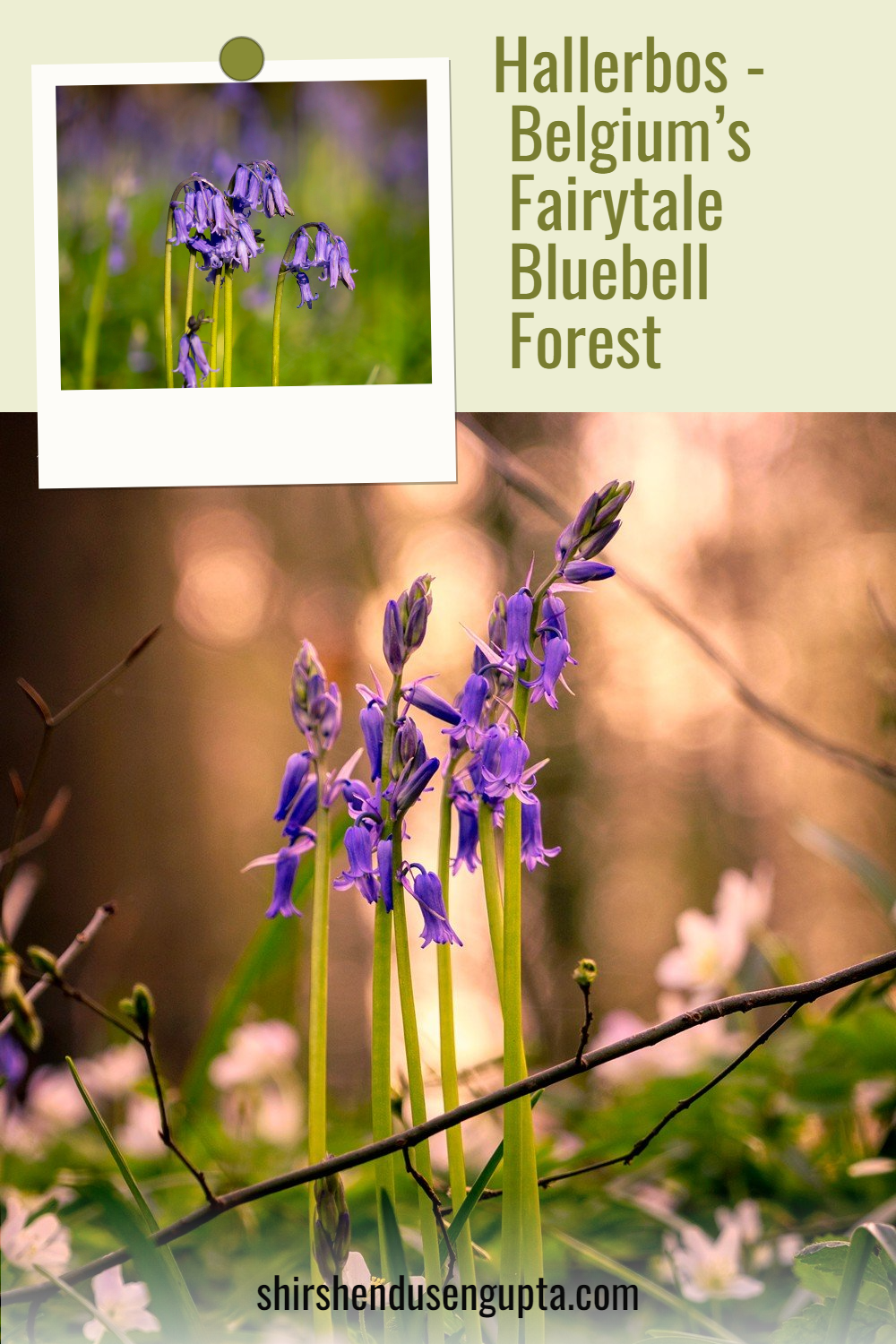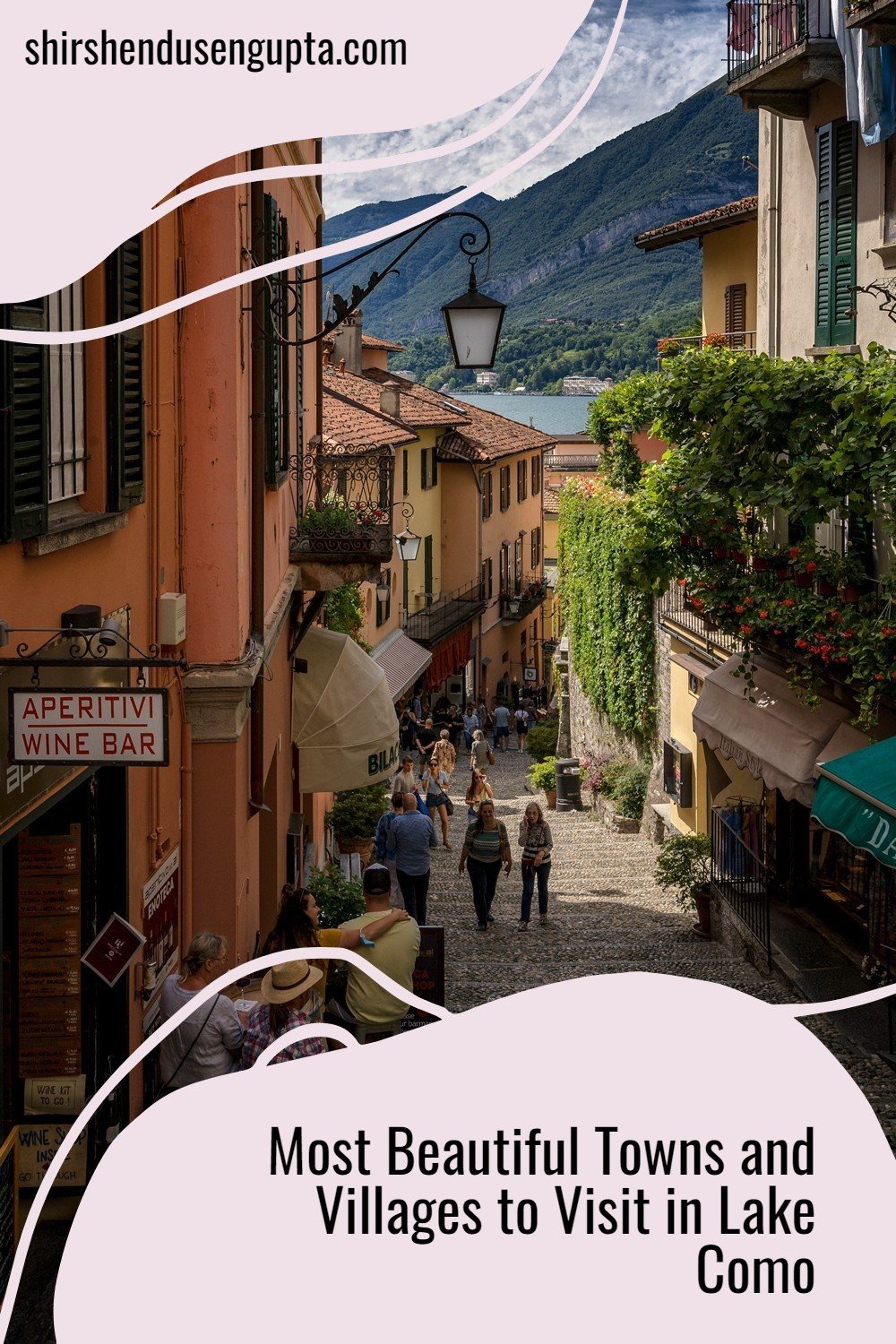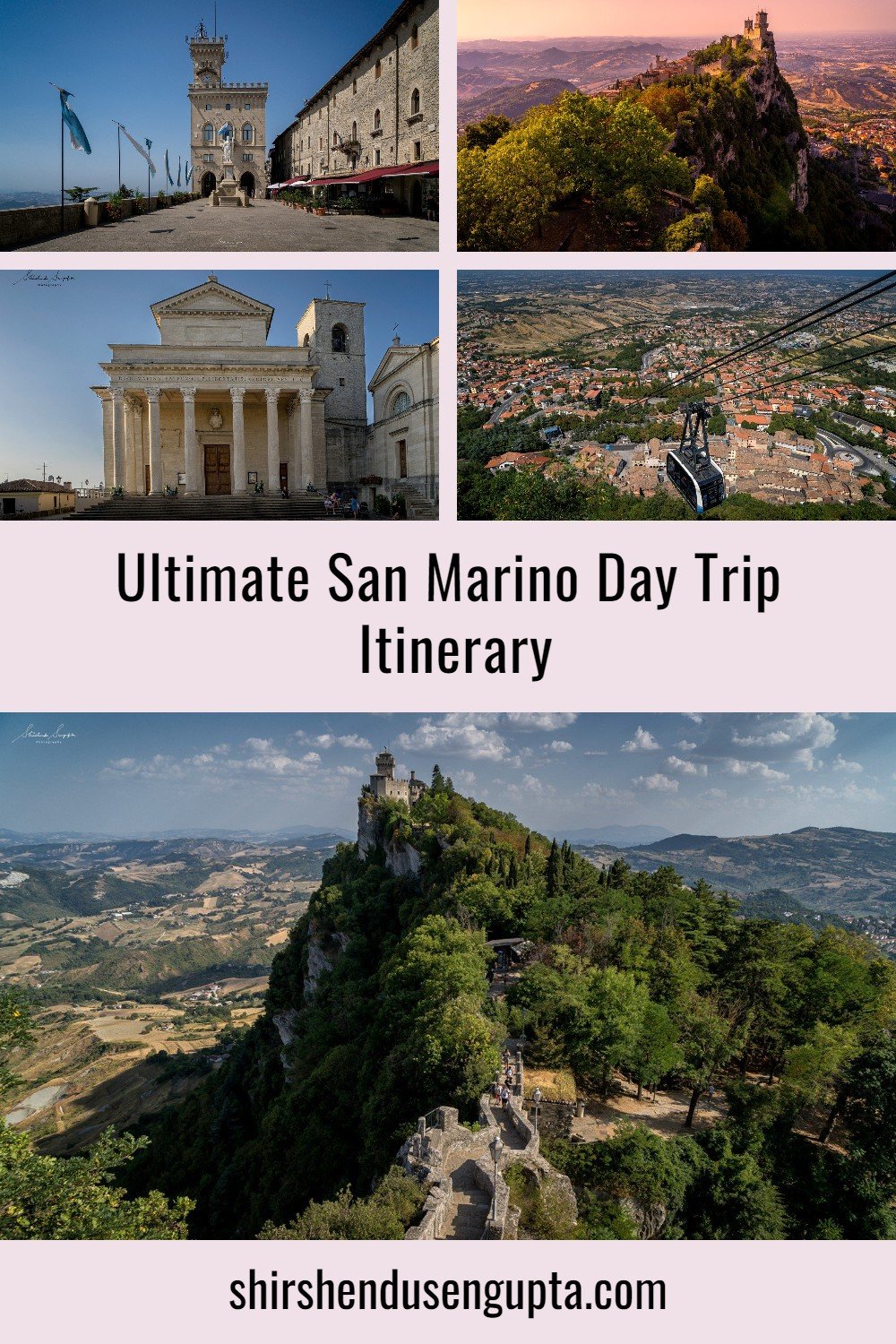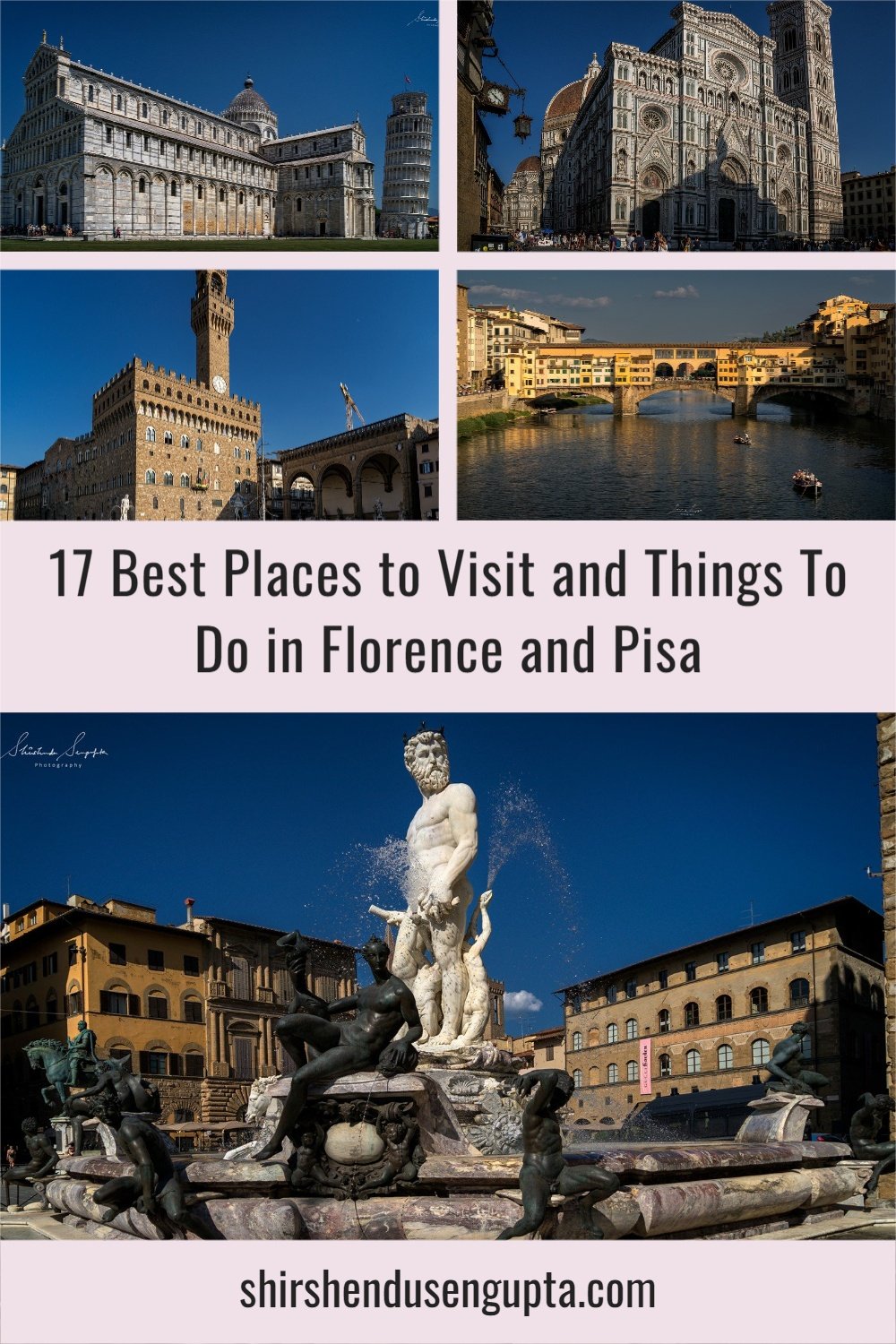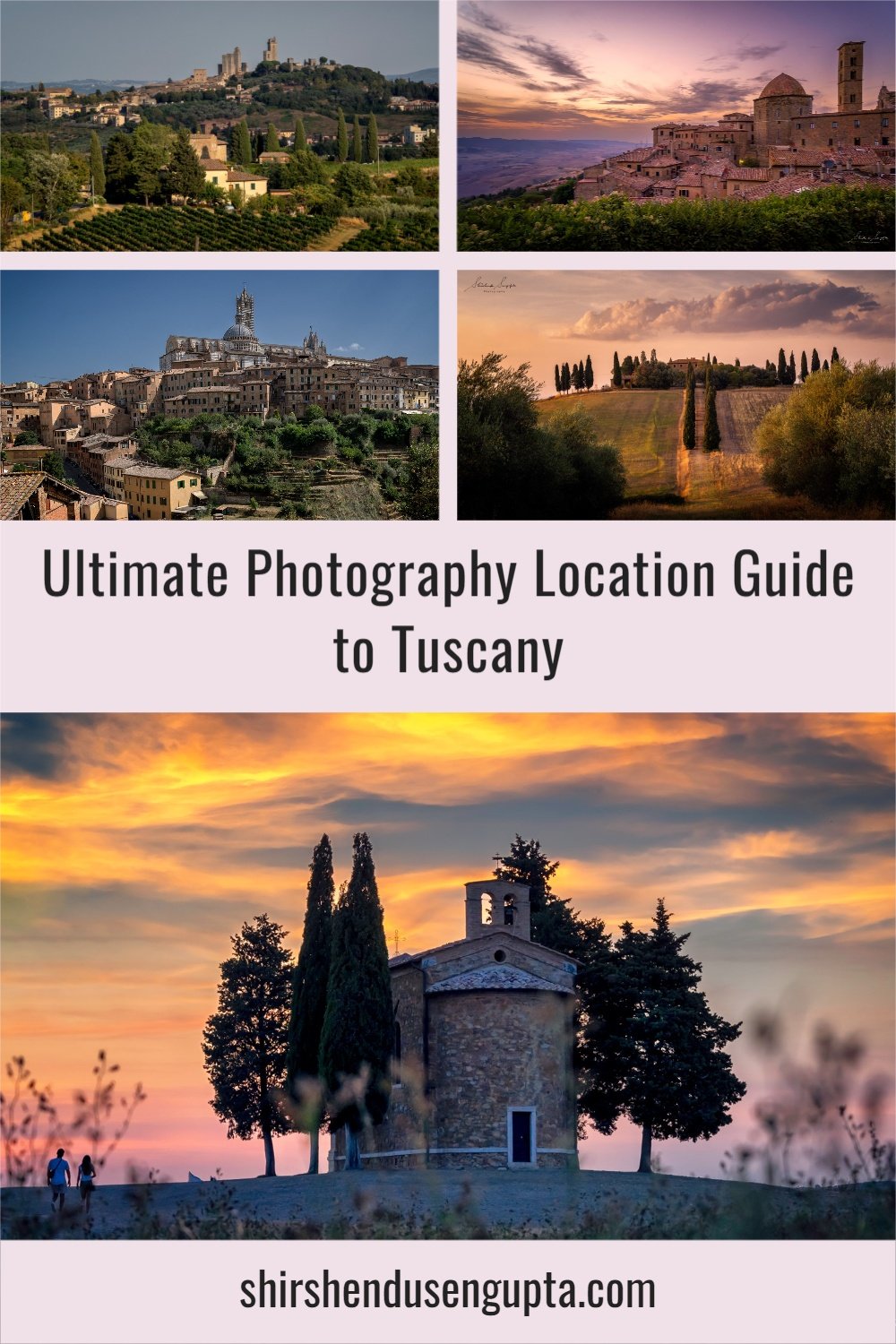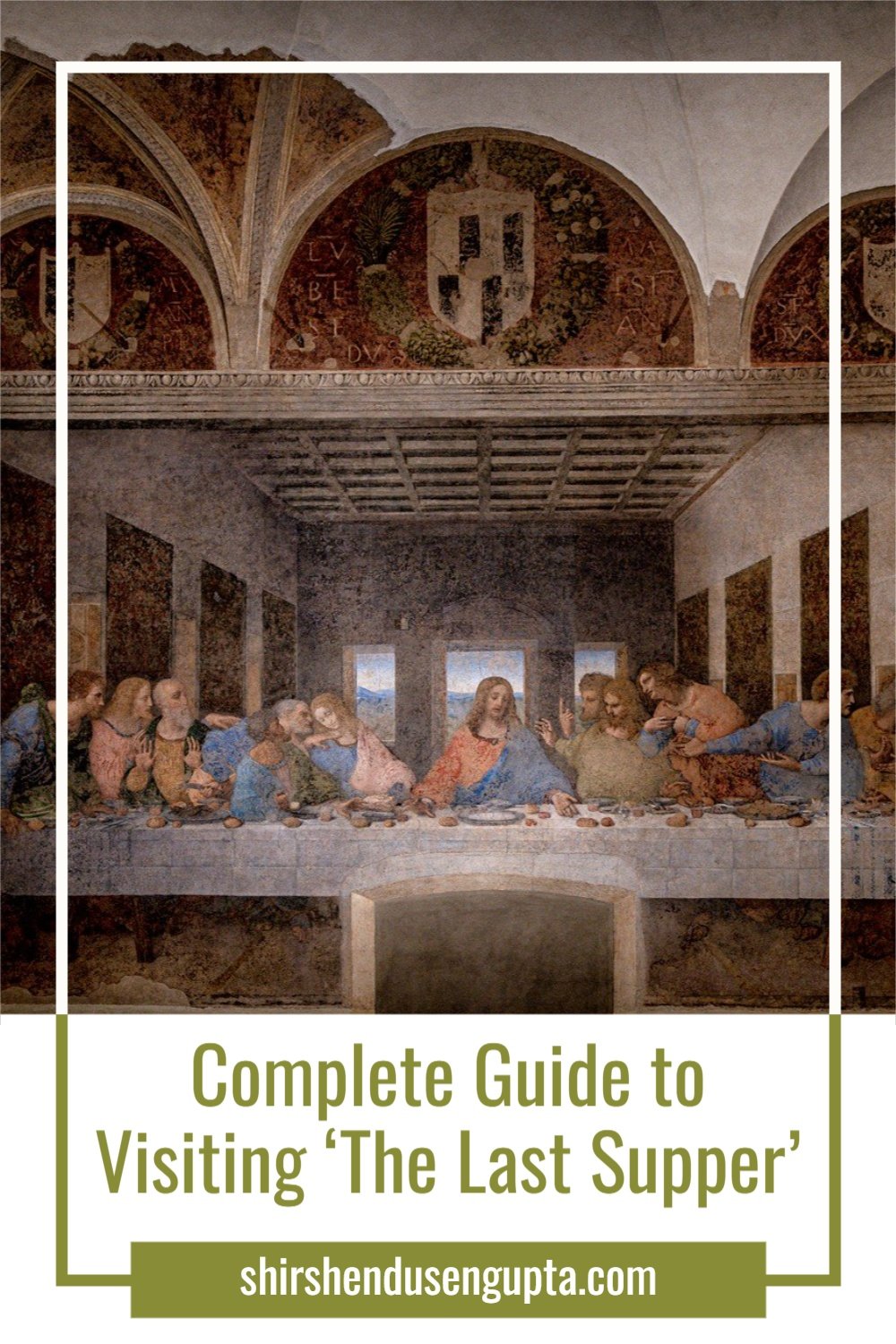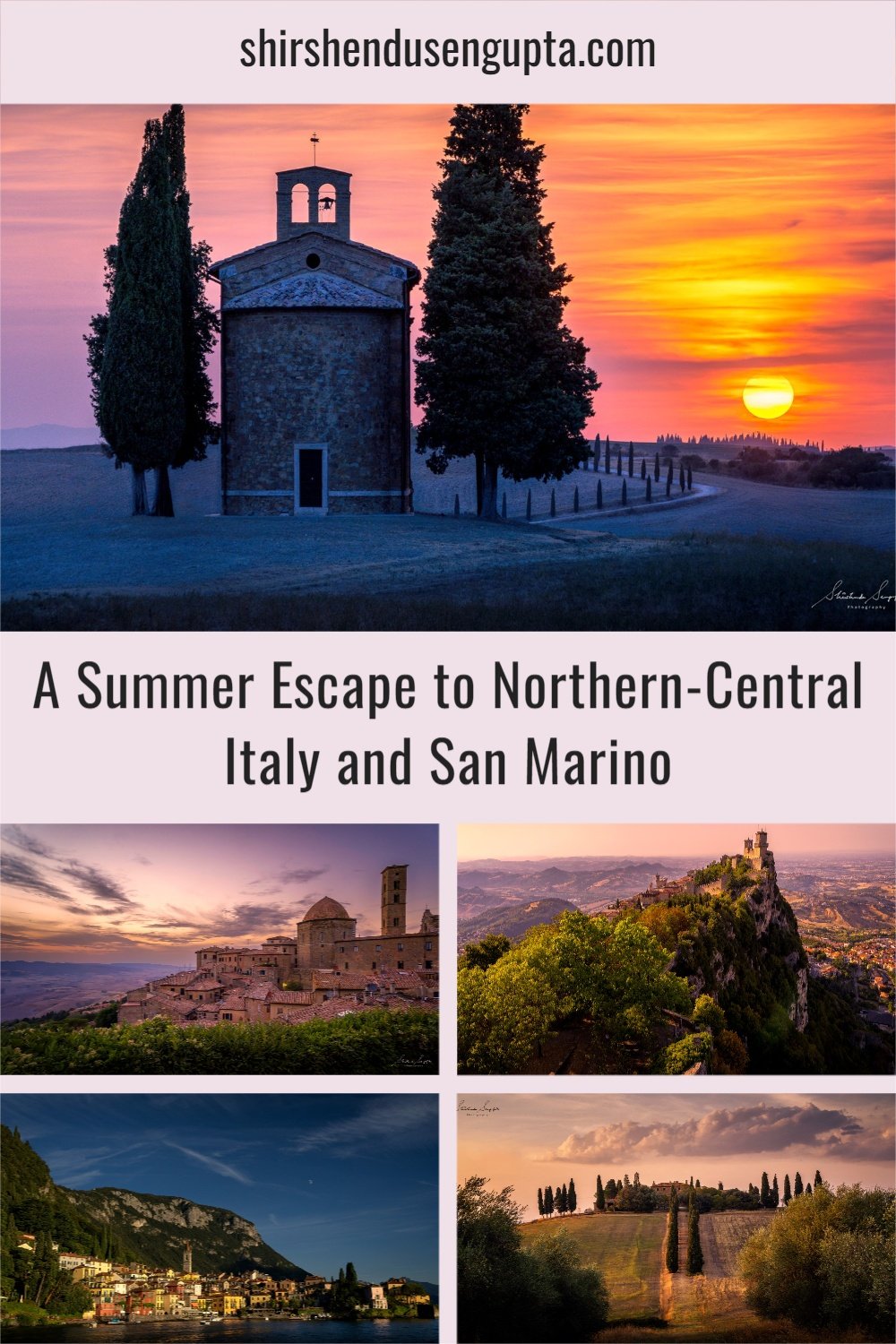The Best of Podhale | Main Attractions of the Polish Highlands, Poland
Prologue
During a memorable Easter, we set off on a marathon road run, An Easter in Eastern Europe | A 6000 km Road Trip across Poland, Slovakia, Romania, Serbia, Bosnia-Herzegovina, and Austria from the Netherlands. This journey was more than just a long drive; it was a marathon of discovery, filled with charming towns, stunning landscapes, and cultural experiences that left us in awe at every turn. From historic city squares to winding mountain roads, each day brought new adventures and unexpected surprises. So, based on our experience, today I’m going to take you along with me on a ride across the main attractions of Podhale, the Polish highlands. Let the journey begin!
We also embarked on another adventure named A Summer in Eastern Europe | An 8000 km Road Trip across Slovenia, Albania, North Macedonia, Kosovo, Bulgaria, Romania, and Slovakia from the Netherlands | Travel Itinerary, Tips, and Tricks. From winding mountain roads to sun-soaked coastal towns, each stop offered its own surprises and adventures. If you’re curious to follow along on this epic summer journey, be sure to give it a read as well!
Welcome to Podhale - The Polish Highlands
The Republic of Poland is a Central European nation. The roots of the country go back to the 10th century, leaving behind a thousand-year trail of twists, turns, holocaust tragedies, survival, and resilience. Away from the hustle and bustle of the big cities, the Polish countryside remains largely unspoiled. While vast swathes of the nation are flat, the southern border is lined with the charming Tatra Mountain range that invites you to spend a solitary time hiking through dense forests, wide rivers, and mountain passes. ‘Podhale’ often described as the ‘Polish Highlands,’ literally translates to ‘Under the Mountain Meadows.’ It’s situated in the southernmost province of Lesser Poland province (Małopolska in Polish) at the foothills of the Tatras, a range in the Carpathian mountains with its capital in the Royal city of Krakow.
We began exploring the Polish highlands with a trek in the Chocholowska (pronounced as Hohowovska) Valley, a part of the Tatra Mountain National Park in the Zakopane area roughly 110 km south of Krakow. 16 km of hiking (8 km each way) with my 6-year-old son Ricky was a challenge that we took, and it all felt worth it when we were blessed with a rewarding view of the spring bloom of lush violet Crocus flowers carpeting the landscape at the end of the valley.
Main Attractions of the Polish Highlands, Poland
Tatra National Park, Zakopane
Tatra National Park is situated in the Tatra Mountains in the province of Lesser Poland (Małopolska area). The Park has its head office in Zakopane, Poland's best-known mountain resort, famous for trekking in the summer and snowboarding in the winter. The Tatra Mountains form a natural border in between Poland to the north and Slovakia to the south. Slovakia produced an adjacent national forest, and UNESCO later designated the combined effort a transboundary biosphere reserve.
Chochołowska Valley, Zakopane
The Chochołowska (pronounced as Hohowowska) Valley, the largest (covering the area of 35 square km) as well as longest (10 km in length) in the Polish Tatra Mountains, lies 110 km south of Krakow and 10 km west of Zakopane. Every year, it attracts thousands of tourists at the end of March, beginning of April when crocuses bloom in the valley, creating beautiful purple carpets. Two parts can be distinguished in the Chocholowska Valley – the lower one, which looks more like a ravine with the so-called ''Gates''. It is also here that the caves can be found; however, they are not open to the public. The other part of the valley was modeled by the glacier; thus, it differs in the landscape features. The richness of the wildlife, the unique beauty of the Chocholowska valley, the presence of rare plant species, the colorful diversity of the surrounding peaks depending on the season, etc., make it a must on the long list of Zakopane attractions.
Zalipie
The next attraction in Podhale is Zalipie, also known as the 'Painted Village of Poland', located 110 km east of Krakow. Nearly every bare surface of this small village is decorated with intricate floral motifs, in a tradition that dates back 100 years. Despite its picturesque photo value and relative closeness to one of Poland's most prominent touristic cities, it remains a hidden treasure as not enough information is available on the internet and hence is not invaded by tourists. The practice started in the late 19th century with the women covering dirty surfaces of their houses with white paint and colorful patterns. Their color was made with powdered dye and milk. The patterns later turned into flowers and the practice turned into a tradition. Even during World War II, the practice was alive, and the painters were active. Felicja Curyło was the most famous painter in Zalipie whose house was almost entirely covered with flowers. Even today, the tradition continues to live in Zalipie.
The House of Felicja Curyłowa, Zalipie
Felicja Curyłowa (1904 - 1974) was a Polish folk artist and the best-known painter of Zalipie. After her death, her house was opened to the public as a museum. Curyłowa painted every readily available surface in her home and decorated her house with several other ornamental crafts. She was asked to paint the Wierzynek dining establishment's interior in Krakow and the dining room on the MS Batory cruise liner. Her styles were later recreated commercially as designs in China.
Kraków
Finally, we wind up with Kraków, the second largest city of Poland after its capital Warsaw, and the capital of the province of Lesser Poland (Małopolska in Polish). Kraków was the capital of Poland until 1596 and has always been the epicenter of Polish academic, economic and cultural life. After the Nazi invasion during World War II, it became the capital of Germany's General Government. The Nazis forced the Jewish population into a walled zone known as the Kraków Ghetto to be later sent to concentration camps like Auschwitz or Płaszów. While most of the major Polish cities were brought to the ground during the war, Kraków remained almost untouched. Today both the Historic City Centre and the Jewish District are brimming with cafes, shops, and pubs, and the Main Market Square is a medieval icon. Dubbed as one of Europe's most beautiful cities, Kraków’s Old Town was declared a UNESCO World Heritage Site in 1978.
St. Mary’s Basilica, Kraków
The imposing St. Mary’s Basilica dominates Krakow's old town square. The military of Crimean Khanate (a Turkic state of the Ottoman Empire from 1441 to 1783) conducted slave raids (Tatar raids) in East Slavic territories to capture and export slaves to slave markets in Constantinople or elsewhere in the Middle East. By the 13th century, the original church (built in the 1220s) was in ruins due to these raids. It was later rebuilt in Gothic style on the existing foundations and consecrated in 1320. In the early 15th century, the towers took the iconic form they have today, from where that the ‘Hejnał Mariacki,’ the city's famous bugle call, is played every hour that ironically breaks off mid-melody in honor of the mythical trumpeter who was shot in the neck while belatedly warning the city of Mongol invaders.
Kazimierz, Kraków
Kazimierz is a historic district of Kraków. From its creation in the 14th century to the early 19th century, Kazimierz was an independent royal city. For centuries, Kazimierz was a location of coexistence and intermingling of ethnic Polish and Jewish cultures. In 1941, the Nazis forced the Jewish inhabitants of Kazimierz into the Krakow Ghetto. Today, Kazimierz is among Krakow's top travel destinations and an important center of its cultural life.
Judah, Kazimierz, Kraków
This giant mural by Pil Peled, among Israel's most well-known street artists named 'Judah', was developed in July 2013 as part of the Jewish Culture Festival in Kazimierz, the historic Jewish quarter of Krakow. According to the artist, the kid's image represents worry, vulnerability, and the inner child, and the lion represents the Jews' battle to make it through and protect their culture, in addition to the strength to conquer their worries.
Corner of Ulica Nowa and Ulica Józefa, Kazimierz, Kraków
Developed as part of the regional task '100 Murals for Kraków,' this vibrant production has been sprucing up an old townhouse in Kazimierz because of the summertime of 2016.
Singing in the Rain, Kazimierz, Kraków
A stencil of the renowned picture of Gene Kelly singin' in the rain ("I'm delighted once again!") has beautified the corner of Ulica Bozego Ciala since the spring of 2014.
Galicia Jewish Museum, Kazimierz, Kraków
The Galicia Jewish Museum held a contest for the design of their outside wall. The winning entry went to Marcin Wierzchowski's giant mural of a Jewish menorah (a candelabrum with 9 branches; utilized throughout the Hanukkah celebration).
Plac Bawół 3, Kazimierz, Kraków
This massive mural was developed by artist Broken Fingaz during Kraków's Jewish Culture Celebration of 2014. The mural takes motivation from famous art nouveau age artist Maurice Lilien - a local of Drohobycz (now in Ukraine) and graduate of the Kraków Academy of Fine Arts - and is committed to the memory of the Bosaków household who lived and constructed the building there through the generations for 400 years, prior to moving to Israel after The Second World War.
Other Attractions in Podhale
Apart from these places, some other attractions in the Polish highlands are the picturesque mountain lake Morskie Oko in the Zakopane area, which we skipped as it was frozen, and the Wieliczka Salt Mine, 15 km south of Krakow that was closed when we traveled during Easter. It is the oldest salt mine globally, housing the world’s biggest underground church, which is made entirely from salt but has numerous steps to climb through dark, claustrophobic tunnels.
Visiting Podhale
Best Time to Visit: Summer (June through August) is the ideal season to visit Podhale because of the pleasant weather that makes it ideal for outdoor pursuits like hiking, mountain biking, and taking in the breathtaking scenery. Summer also brings with it a plethora of cultural events and festivals, offering a chance to sample regional customs and cuisine. But if you want to see Crocus bloom on the Tatra Mountains like us, you need to travel during early spring (end of March to the beginning of April) i.e. around Easter time when we traveled.
Number of Days to Stay: How long you stay in Podhale will depend on your interests and the things you want to do. We suggest staying for at least three to five days in order to really explore the area and take advantage of outdoor activities in the Tatra Mountains. You can walk to high summits during this time, see quaint villages, and fully immerse yourself in the native way of life.
Best Place to Stay: The primary metropolis and well-liked vacation spot in Podhale is Zakopane, which has a variety of lodging choices such as motels, guesthouses, and mountain lodges. When you stay in Zakopane, you can take advantage of the town's lively atmosphere, busy markets, and classic architecture in addition to being close to the Tatra National Park and other attractions. We stayed in Krakow as we found more affordable accomodation options there.
Best Way to Arrive: Podhale can be reached by car, bus, or train. Major Polish cities like Krakow and Warsaw are reachable by train and bus to Zakopane. If you're driving, there are several routes that lead to Zakopane, all of which have good maintenance. The closest airport is Kraków-Balice's John Paul II International Airport, from which you can get to Zakopane by bus or train.
Best Local Mode of Conveyance: Driving is the most practical way to go around Podhale and explore the area. Renting a car makes it simple to visit the Tatra Mountains' hiking paths, picturesque vistas, and remote villages. For visitors without a car, there are also local buses and mini-buses (referred to as "marshrutkas") that link Zakopane with other cities and villages.
Epilogue
So that brings us to the end of our journey across the main attractions of Podhale, the Polish highlands. Please let us know in the comments below if you enjoyed reading this article.
If you wish to read the day-by-day account of our complete 6000 km road run across Eastern Europe during Easter, please visit our article An Easter in Eastern Europe | A 6000 km Road Trip across Poland, Slovakia, Romania, Serbia, Bosnia-Herzegovina, and Austria from the Netherlands. And if you’re curious to follow along on our other epic adventure, A Summer in Eastern Europe | An 8000 km Road Trip across Slovenia, Albania, North Macedonia, Kosovo, Bulgaria, Romania, and Slovakia from the Netherlands | Travel Itinerary, Tips, and Tricks, be sure to give it a read as well. Until then, merry traveling and happy shooting!
Pin the article
Bookmark the article for reading later!
Want to license/buy photos in the article?
License photos for commercial/editorial use or buy photo prints!
Want us to write an article for you?
Articles for magazines, newspapers, and websites!
Watch our Videos
Check out our videos on our Youtube Channel!
Join the Newsletter
Get updates on our latest articles!
We respect your privacy. Read our policy here.












